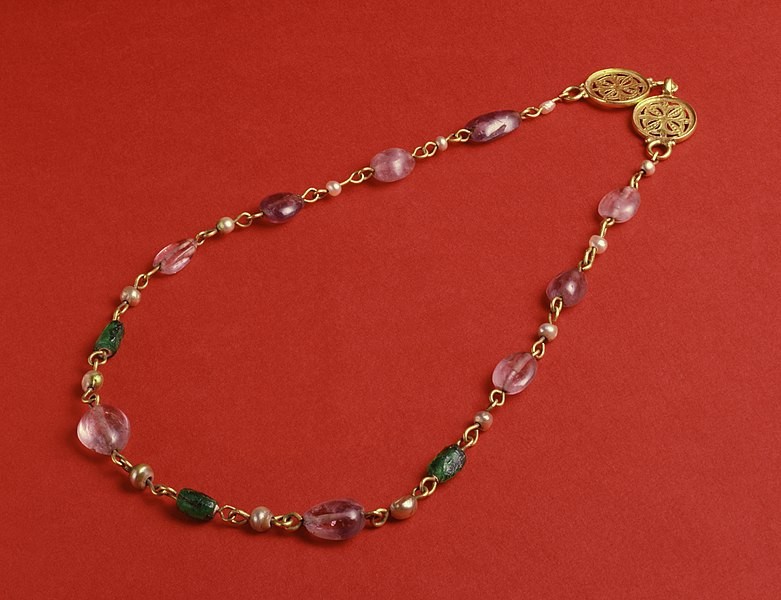May, a month synonymous with blossoming flowers and vibrant greenery, is traditionally associated with the emerald. But what makes the emerald the quintessential May birthstone? And are there any other gems that share this special designation? Let’s delve into the rich history, symbolism, and geological properties of May’s birthstone.
The Emerald: A Historical Gem
The emerald’s allure dates back millennia. While its association with May became formalized in more recent times, its significance stretches back to ancient civilizations.
Based on Biblical interpretations of birthstones, the Hebrew tradition associated May with agate, while the Arabic tradition linked it to the emerald. The formalization of emerald as the May birthstone gained traction in 1870 when Tiffany & Co. published their “Gregorian Birthstone Poems.” The poem for May read:
Who first beholds the light of day
In spring’s sweet, flower month of May
And wears an Emerald all her life
Shall be a loved and a loving wife.
In 1912, the National Association of Jewellers (now Jewellers of America) solidified emerald’s place as the official May birthstone. This association may stem from emerald’s vibrant green color reflecting the essence of May: rebirth, growth, prosperity, and fertility.
Emeralds in Ancient Cultures
Emerald’s story is intertwined with the history of empires. Emerald mining can be traced back to ancient Egypt (around 1900 to 1500 BC). Cleopatra, the iconic Egyptian queen, had a deep affection for emeralds, using them to adorn herself and her palace. Egyptians believed that emeralds granted immortality in the afterlife.
Ancient Greeks and Romans connected emeralds with goddesses like Aphrodite (Venus), symbolizing everlasting love. In ancient India, emeralds, known as marakata (meaning “the green of growing things”) or smarahato (“green”), were mentioned in religious texts, believed to bring luck and well-being. The Aztecs and Incas also used emeralds for religious ceremonies and jewelry, believing they were formed from a princess’s tears.
Royal Connections and Pop Culture
The emerald’s regal status grew over time. European royalty began showcasing the gemstone during the Renaissance.
Emeralds also feature in popular culture, from the famed Emerald City in “The Wizard of Oz” to Ireland’s nickname, the “Emerald Isle.”
The Geology of Emeralds
Emeralds are a variety of the mineral beryl, a beryllium aluminum silicate. What makes them stand out is their vivid green color, which comes from trace amounts of chromium, vanadium, or both. Emeralds have a hardness of 7.5 to 8 on the Mohs scale.
Colombia is the world’s leading source of emeralds, followed by Zambia. Each region is known for producing emeralds with distinctive colors.
Understanding Emerald Colors and Quality
The shade of green in emeralds can vary, ranging from bluish-green to yellowish-green. The most valuable emeralds are a pure, intense green or bluish-green, with medium to dark tones and strong saturation.
There are different types of emeralds, including:
- Colombian Emerald: Deep green color due to high chromium content.
- Zambian Emerald: Bluish-green, darker than Colombian emeralds.
- Brazilian Emerald: Lighter green, often yellowish.
- Trapiche Emerald: Unique radial pattern with six black spokes.
- Star Emerald: Exhibits asterism, a star-like effect.
- Cat’s Eye Emerald: Displays chatoyancy, a single band of light.
To evaluate an emerald’s quality, gemologists consider the 4 Cs: color, clarity, cut, and carat weight.
- Color: The most important factor.
- Clarity: Emeralds typically have inclusions, so those with few or no visible inclusions are highly prized.
- Cut: Well-cut emeralds maximize color and uniformity. The “emerald cut” was designed specifically for this gem to prevent damage.
- Carat Weight: Price-per-carat increases with larger sizes.
Most emeralds undergo treatments like oiling to improve their clarity.
Emerald Symbolism and Meanings
The emerald is associated with growth, rebirth, and fertility. The May birthstone also symbolizes loyalty, friendship, and good luck.
In Greek mythology, it represented love and fidelity. Emeralds are also seen as symbols of friendship and are believed to bring good luck and well-being. As a healing stone, some believe emeralds improve vision and promote clairvoyance.
Ethical Considerations
Many consumers are concerned about the ethical sourcing of emeralds, particularly regarding labor conditions and sustainability. Transparency of provenance is vital. Look for suppliers that are properly vetted and follow ethical practices. Synthetic emeralds are an alternative. Lab-created emeralds possess the same physical and chemical properties as natural emeralds but without the ethical and environmental concerns.
Alternative May Birthstones
While the emerald is the most well-known May birthstone, there are alternatives:
- Agate: Historically, agate was considered the original May birthstone.
- Chrysoprase: A chalcedony variety, this apple-green gem is known as the “Stone of Joy.”
- Sapphire: In Tibetan astrology, sapphire is the May birthstone.
May Birthstone Jewelry and Gifts
Emerald jewelry makes a meaningful gift. May birthstone rings, earrings, necklaces, and bracelets can be customized to suit individual styles.
Conclusion: A Timeless Gemstone
The emerald, with its rich history and vibrant green hue, perfectly embodies the spirit of May. Whether you choose an emerald, agate, or another alternative, May’s birthstones offer a timeless way to celebrate life’s special moments.
